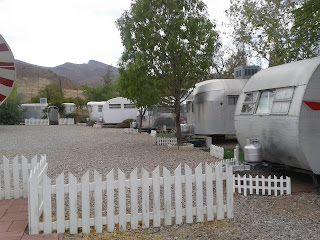We made our way to Tombstone - aka the tourist trap of America. You have to be prepared to pay for everything - but it was fun and we managed to get our old west family photo (you'll have to wait for the Christmas card to see it), but here are some other photos of some of the things we did!
Started at the State Court House
It had some history of Ft. Huachuca as well
Prison for Michael
Or the gallows?
Rancher Ty
Duncan looks like he's going to shoot himself
Remind me not to wear a skirt on the next outing
Watching actors tell gun slinging saloon tales
Headed to Big Nose Kate's Saloon for lunch
I had to keep this picture even though it is blurry - because I have a very whiny 7 year old!
The singer at the saloon
The Boys at the OK Corral
Earps above; cowboys below
Tombstone is a city in Cochise County, Arizona, United States, founded in 1879 by Ed Schieffelin in what was then Pima County,Arizona Territory. It was one of the last wide-open frontier boomtowns in the American Old West. From about 1877 to 1890, the town's mines produced USD $40 to $85 million in silver bullion, the largest productive silver district in Arizona. Its population grew from 100 to around 14,000 in less than 7 years. In 1881, it became the county seat of the new Cochise County.
Far distant from any other metropolitan city, by mid-1881 Tombstone boasted a bowling alley, four churches, an ice house, a school, two banks, three newspapers, and an ice cream parlor, alongside 110 saloons, 14 gambling halls, and numerous dancing halls and brothels. All of these were situated among and on top of a large number of dirty, hardscrabble mines. The gentlemen and ladies of Tombstone attended operas presented by visiting acting troupes at the Schieffelin Hall opera house, while the miners and cowboyssaw shows at the Bird Cage Theatre, "the wildest, wickedest night spot between Basin Street and the Barbary Coast."
Under the surface were tensions that grew into deadly conflict. Many of the ranchers in the area were Confederate sympathizers andDemocrats. The capitalists and townspeople were largely Republicans from the Northern states. The fast-growing city, only 30 miles (48 km) from the U.S./Mexico border, was a wide-open market for beef stolen from ranches in Sonora, Mexico by a gang of outlawsknown as The Cowboys. These men were a loosely organized band of friends and acquaintances who teamed up for various crimes and came to each others aid.
The Earp brothers—Virgil, Wyatt, Morgan and Warren Earp—arrived in December 1879 and the summer of 1880 . All assumed roles as lawmen at one time or another which led to ongoing conflicts with Ike and Billy Clanton, Frank and Tom McLaury, and other Cowboys. After repeated threats against the Earps by the Cowboys over many months, the conflict escalated into a confrontation that turned into a shootout, the now-famous Gunfight at the O.K. Corral. (the above picture is the conflict being re-enacted at 2 pm at the OK Corral).
In the mid-1880s, the silver mines penetrated the water table and despite significant investments in pumps, it became unprofitable to continue costly pumping and mining operations. The city's population dwindled to a low of about 800 in the early 20th century but has stabilized at about 1500 residents. According to 2006 Census Bureau estimates, the population of the city was 1,569. The city's economy today is based on tourism.
And on the way out of town we had to stop at the Sasparilla Emporium - which was really good, btw. More like cream soda than root beer. Better have been good for $2.50 a bottle!





















































